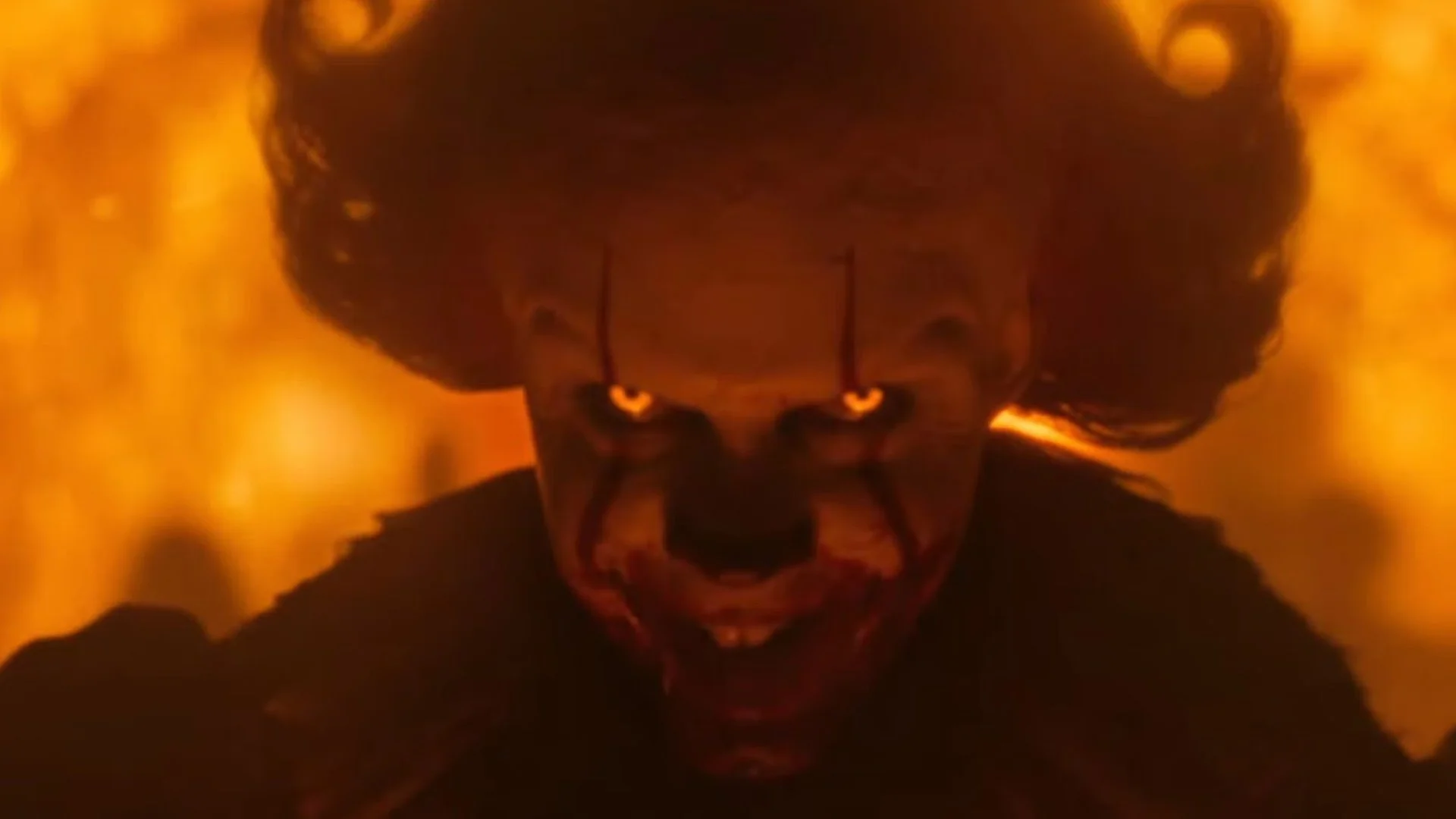It’s a wonderful life is best remembered for its touching ending, where George Bailey (James Stewart) is reminded of his worth through the help of his guardian angel, Clarence.
However, the journey to that uplifting moment is filled with despair, frustration, and suicidal thoughts as George wonders if the world would be better without him.
George’s intense emotional struggles are fraught, especially when considering Stewart’s harrowing experiences during World War II.
Stewart captures a man on the verge of a nervous breakdown, short-tempered, despondent and struggling with desperation. Many of these characteristics reflect symptoms now associated with post-traumatic stress disorder (PTSD), a condition Stewart himself experienced after serving as a bomber pilot in the U.S. Air Force.
Author Roberto Matzenin his book Mission: Jimmy Stewart and the fight for Europeexplores how the actor’s war experiences shaped his performance.
Stewart flew 20 combat missions over Nazi-occupied Europe, enduring unimaginable stress. Matzen spoke to the men who had flown with Stewart:
“[They] he told me about losing his mind on a couple of occasions, meaning shell shock, battle fatigue, what we now know as post-traumatic stress disorder.
“He wasn’t afraid of bombs or bullets. He was afraid of making a mistake and causing someone’s death. That was his never-ending stress, and that’s what ended up grounding him.
Returning home from the war, Stewart struggled to reintegrate into civilian life, just like many other veterans. Matzen wrote:
“Stewart suffered alongside millions of other war veterans who had returned to homes around the world, with friends and family who simply could not understand what they had experienced.”
Matzen believes Stewart channeled his psychological trauma into his performance. He highlights one scene in particular: “There’s a scene in the film where [George] he questions his sanity and has this wild look. This is a scene that really struck me, watching it on the big screen.
Another moment comes when George, overwhelmed by financial and personal pressures, lashes out at his family, screaming and throwing objects. His wife and children look at him in shock, witnessing a side of him they don’t recognize. “Who is this man? Who is this monster?”
Stewart gives a strong, raw and vulnerable performance in this Christmas classic and it feels so authentic. Learning about the personal battles Stewart faced during and after the war brings new depth to the film and the character he plays.
Stewart’s portrayal of George ensures that the pain and struggles that lead to the uplifting happy ending are both honest and human.
by Joey Paur
Source: Geek Tyrant
Lloyd Grunewald is an author at “The Fashion Vibes”. He is a talented writer who focuses on bringing the latest entertainment-related news to his readers. With a deep understanding of the entertainment industry and a passion for writing, Lloyd delivers engaging articles that keep his readers informed and entertained.





